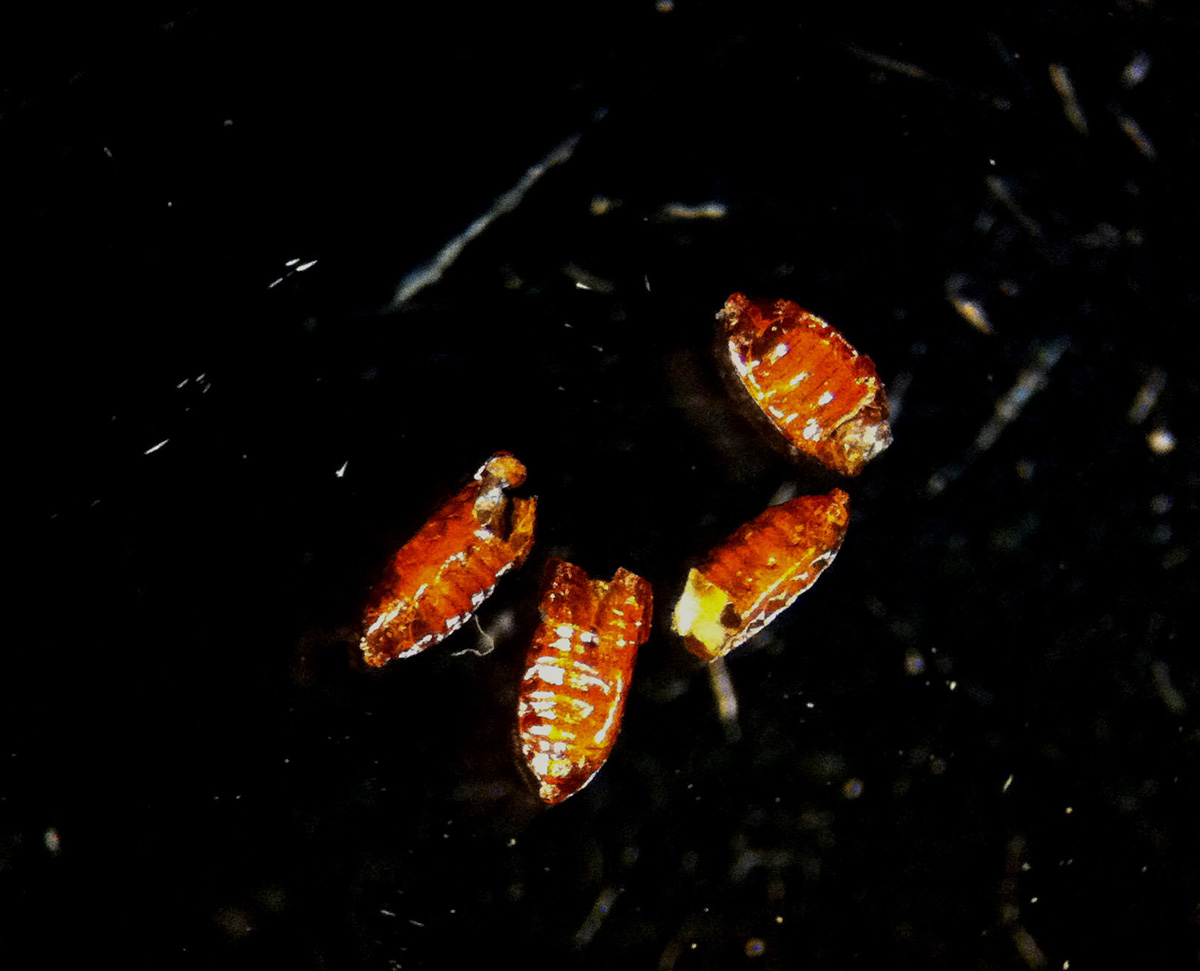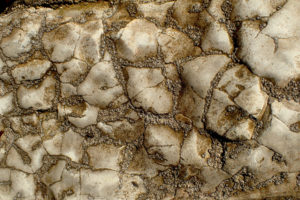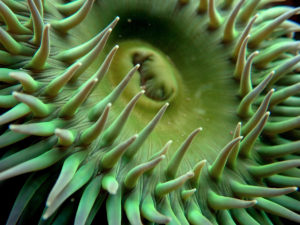Just in time for Hallowe’en! Back in 2012 I collected photographic evidence that some of our honeybees had been taken over by parasitic phorid flies. These flies are members of a group of diverse animals, including wasps and nematode worms, described as “parasitoids.” These are not your average parasites, which generally do not cause lethal damage to their host. However, as in most areas of biology it is difficult to draw a solid distinction between a parasite and a parasitoid.
It is generally in a parasite’s best interest to keep its host alive, at least long enough for the parasite to complete its development and disperse to a new host–if the host dies, the parasite dies with it. Parasitoids, on the other hand, flat out kill the host. A famous example are the parasitoid wasps that lay their eggs inside the bodies of caterpillars: the wasp’s larvae hatch inside the caterpillar and slowly devour it from the inside out. From the wasp’s perspective, the body of a caterpillar is a great place to grow up, with plenty of food and a nice, cozy place to live. The downside to this strategy is that killing the host means the parasitoid has to complete the larval phase of its own life cycle before the caterpillar dies. But parasites and their hosts have been co-evolving for millions of generations. The truncated lifespan of the host has provided strong selective pressure to correspondingly shorten the parasite’s own larval phase. And there are always those parasitoids that either develop too slowly or devour their host too quickly, in which case both parasite and host die.
Apocephalus borealis is a phorid fly native to North America. It parasitizes various hymenopteran insects, including paper wasps and bumblebees. In January of 2012 a paper came out confirming that honey bees, Apis mellifera, are also parasitized by the fly. The authors speculate that the fly may be part of the mélange of misfortunes resulting in Colony Collapse Disorder (CCD).
The really interesting thing, to me as a beekeeper, is that the samples analyzed were from the San Francisco Bay Area. Not only that, but the authors were soliciting additional data from beekeepers and citizen scientists and have put together a cool Zombee Watch program. Hmm. I’m a scientist and a beekeeper in the greater SF Bay Area, so I thought I’d keep an eye out for any bees that were acting strangely as described in the paper. Come to think of it, the previous fall (November-ish, I think) we had gone through a period of about a week when bees would get into the house in the evening. It was clear that they were coming towards the light, but I couldn’t figure out what they were doing flying around in the dark when they should have been back in their hive. However, at that time I didn’t know to look for phorids.
Fast forward to a summer evening some eight months later. A few days before leaving on vacation, I noticed a worker bee on the screen door. She was obviously dying–hardly breathing, non-responsive to my breath or touch–and I thought it might be worthwhile seeing if she were parasitized. I didn’t have time to do anything official according to the Zombee Watch protocol, so I just put her in a Ziploc bag and forgot about her. A few weeks later I came across the bag again and–lo and behold!–the bee was dead and there were four pupae and four dead flies in the bag with her.
I finally got around to taking pictures of the bee corpse and her equally dead killers:

Flies and other holometabolous insects (including bees, butterflies, and beetles) go through four distinct life history stages: egg, larva, pupa, and adult. The larva is a feeding stage (think caterpillar); in the case of flies the larva is the critter that we call a maggot. After feeding for a certain amount of time the unwinged larva encloses itself into a cocoon and pupates. Inside the pupa the larva undergoes a drastic metamorphosis. The adult stage that emerges from the pupa looks entirely different from the larva: it has legs and (usually) wings.

The adult phorid flies actually look kind of cool. If they weren’t troubling my honeybees, I’d like them.

The female phorid fly lays eggs inside the body of a live host. Maggots hatch out of the eggs and feed on the blood and muscle of the infected bee. During the week or so that the maggot is maturing within the host, the bee’s behavior changes. The loss of musculature makes it difficult for her to stand, and she walks around in lopsided circles. A healthy bee walks in a particular direction with purpose, and these zombees meandering around aimlessly are pretty conspicuous.
Parasitized honeybees also abandon their hive and fly around at night, which is why they are easy to catch. The cause of the hive abandonment behavior is not known. Perhaps infected bees release chemical signals that the other bees detect, causing them to evict her from the hive. Or perhaps the zombee, knowing somehow that she is doomed, leaves her hive to prevent her sister workers from being infected. In social insects such as Apis mellifera, the continuation of the colony is far more important than the survival of any individual. Honeybees are known to exhibit other altruistic behaviors, such as sacrificing themselves to sting a perceived threat to the colony. A sick bee leaving her family to die on her own is not entirely out of the question.
Eventually the fly larvae (maggots) burst out of the bee’s body and pupate outside the bee. The host inevitably dies. The adult flies mate, then the female searches for another living host in which to lay her eggs, beginning the cycle all over again.
Now, isn’t that a lot creepier than your average Hallowe’en tale?




